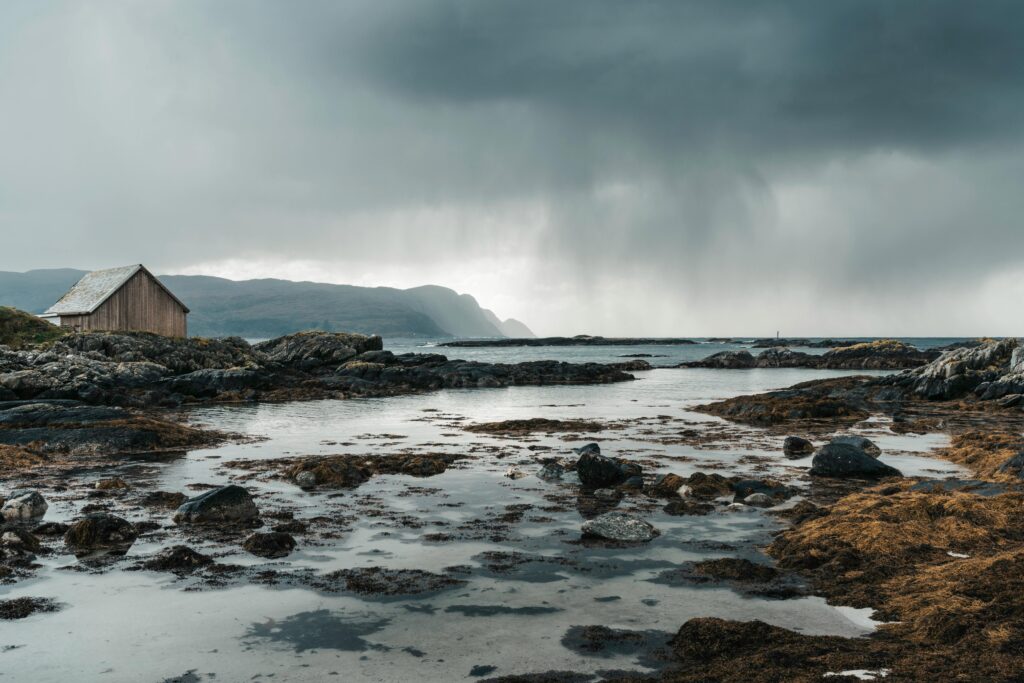
In a groundbreaking study, researchers have uncovered the intricate relationship between coastal groundwater salinization and the mobility of toxic trace elements. This research, conducted in a heavily industrialized area in southern Italy, provides crucial insights into the complex interplay between natural and human-induced factors that shape the fate of contaminants in coastal environments.
The study examined a vast dataset comprising over 2,700 soil and groundwater samples, meticulously analyzing the concentrations of various trace elements, including arsenic, mercury, cadmium, chromium, copper, nickel, lead, vanadium, selenium, and zinc. By employing advanced statistical techniques, the researchers were able to unravel the complex patterns and relationships between these contaminants and the dynamic changes in groundwater salinity.
the Coastal Contamination Puzzle
Coastal environments are particularly vulnerable to environmental degradation, as they often host a wide range of industrial activities that can lead to the release of various pollutants into the soil, water, and sediments. In the case of the study site in southern Italy, the researchers focused on a heavily industrialized area that had been subjected to decades of uncontrolled waste disposal and contamination.
The Impact of Groundwater Salinization
The key focus of this research was to understand how changes in groundwater salinity, driven by both natural and human-induced factors, can influence the mobility and behavior of toxic trace elements in the coastal environment. Groundwater salinization can occur through various mechanisms, such as seawater intrusion, the release of saline industrial effluents, or the interconnection of aquifers due to over-pumping from deep wells.

Unveiling the Patterns of Trace Element Mobility
The researchers employed a comprehensive approach, combining detailed chemical analyses of soil and groundwater samples with advanced statistical techniques, such as Principal Component Analysis (PCA) and Hierarchical Cluster Analysis (HCA). This allowed them to identify distinct patterns in the behavior of trace elements under varying groundwater salinization conditions.
Three Distinct Clusters of Trace Elements
The analysis revealed three distinct clusters of trace elements, each displaying a unique response to changes in groundwater salinity:
1. The first cluster, including selenium, copper, chromium, vanadium, and nickel, showed the strongest correlation with electrical conductivity and chloride concentrations. This suggests that these elements have a high affinity for forming soluble chloride or organic chloride complexes, which can enhance their mobility in saline groundwater.
2. The second cluster, comprising zinc and lead, was less reactive to groundwater salinization and more influenced by cation and anion competition, as well as the presence of organic matter.
3. The third cluster, consisting of arsenic and mercury, exhibited a strong correlation with iron and manganese. This indicates that the reductive dissolution of trace element-bearing minerals (such as iron, manganese, and aluminum oxyhydroxides) and the formation of metal-organic complexes play a dominant role in the mobility of these contaminants.

Table 1 Identity (ID) (supplementary Fig. S1b) and location of groundwater monitoring wells within the areas of Fig. 2b.
Implications for Coastal Contamination Management
The findings of this study have significant implications for the management and remediation of contaminated coastal sites. Conventional approaches to characterizing and remediating contaminated areas often overlook the crucial role of groundwater salinization in shaping the behavior and transport of trace elements.
Challenges in Coastal Remediation
The researchers highlight that remediation efforts, such as the commonly used “pump and treat” method, can inadvertently trigger or exacerbate groundwater salinization, leading to increased mobilization of trace elements rather than their removal. This underscores the need for a more holistic and interdisciplinary approach when addressing contamination issues in coastal environments.

Fig. 2
Towards a Comprehensive Coastal Monitoring and Remediation Strategy
The study emphasizes the importance of integrating groundwater salinization dynamics, soil characteristics, and contaminant behavior into the assessment and remediation of coastal contaminated sites. By adopting a comprehensive approach that considers the complex interplay between these factors, policymakers and environmental managers can develop more effective strategies to mitigate the long-term impacts of coastal contamination.
Unlocking the Secrets of Coastal Ecosystems
This research represents a significant step forward in our understanding of the intricate relationships between coastal environments, groundwater dynamics, and the fate of toxic contaminants. By leveraging advanced statistical techniques and a multidisciplinary perspective, the researchers have shed light on the complex processes that govern the mobility and distribution of trace elements in coastal areas.
The findings of this study have far-reaching implications, not only for the management of contaminated sites but also for our broader understanding of the resilience and vulnerability of coastal ecosystems. As we continue to grapple with the challenges of environmental degradation, studies like this one will be crucial in guiding us towards more sustainable and effective solutions for protecting these vital and fragile regions.
Author credit: This article is based on research by Matilda Mali, Maria Rosaria Alfio, Gabriella Balacco, Gennaro Ranieri, Vito Specchio, Maria Dolores Fidelibus.
For More Related Articles Click Here
